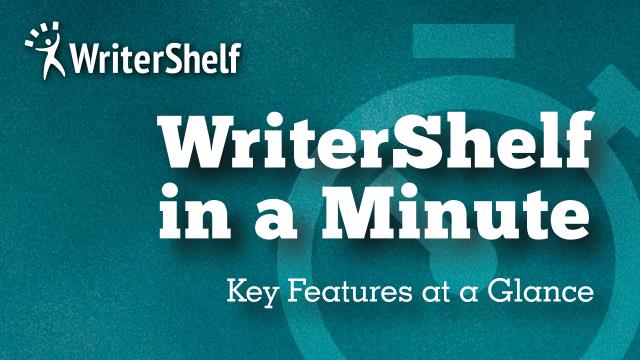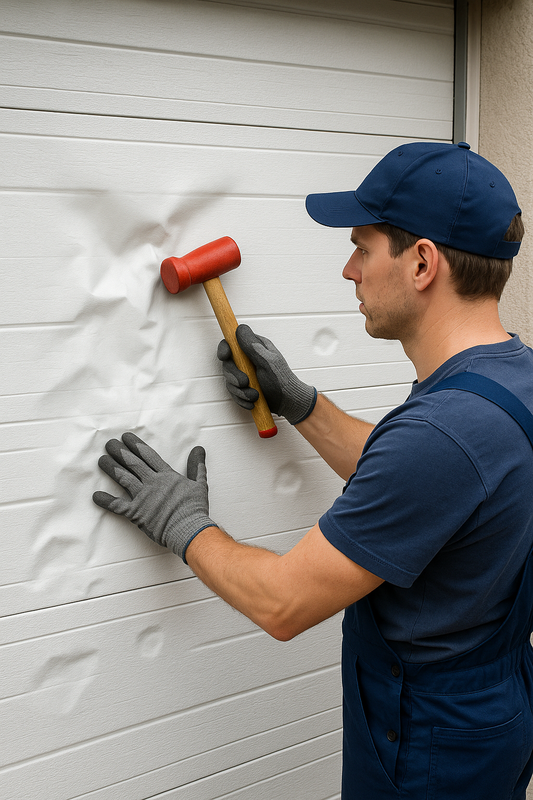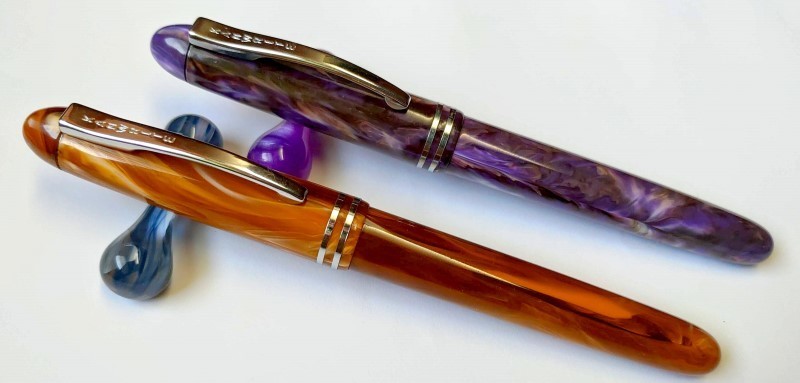What Materials Are Best for a Chimney Liner in Baltimore Weather?
2
0
·
2025/07/23
·
4 mins read
☕
WriterShelf™ is a unique multiple pen name blogging and forum platform. Protect relationships and your privacy. Take your writing in new directions. ** Join WriterShelf**
WriterShelf™ is an open writing platform. The views, information and opinions in this article are those of the author.
Article info
Tags:
Total: 969 words
Like
or Dislike
More from this author
More to explore











When you live in a city like Baltimore—where winters are freezing, summers are humid, and weather can change overnight—your chimney system takes a beating. Baltimore Chimney Sweep, a trusted name in chimney repair and safety, knows firsthand how critical it is to choose the right materials when installing or upgrading your chimney liner. Not all liners are created equal, especially when they’re exposed to the kind of seasonal extremes common to Maryland homes.
A chimney liner is a protective passageway installed inside your chimney flue that shields your home from high heat, toxic gases, and flammable residue. Without a reliable liner in place, your chimney structure may deteriorate faster, increasing the risk of chimney fires or carbon monoxide leaks. This is why selecting the right chimney liner is not just a matter of building codes—it’s a matter of safety and performance in all weather conditions.
Key Features of Chimney Liners
Here’s a quick breakdown of the core features to look for in a chimney liner—especially in a place like Baltimore where seasonal stress on chimney systems is high:
Material Options: Which Is Best for Baltimore Weather?
Baltimore’s climate—with its mix of rain, snow, ice, and humid summers—demands chimney liner materials that can withstand both high heat and moisture. Here's a breakdown of the most commonly used materials:
1. Stainless Steel Liners
Best for: Wood-burning, gas, and oil appliances
Durability: High – lasts 15–25+ years
Weather Suitability: Excellent for Baltimore's humid and cold conditions
Pros: Resistant to rust, easy to install, flexible or rigid options available
Cons: More expensive than clay tile
2. Clay Tile Liners
Best for: Open fireplace use
Durability: Moderate – 50+ years if properly maintained
Weather Suitability: Poor in cold weather due to cracking risk
Pros: Cost-effective, traditional material
Cons: Can crack during freeze-thaw cycles common in Baltimore winters
3. Cast-in-Place Liners
Best for: Older chimneys needing reinforcement
Durability: Very high – up to 50 years
Weather Suitability: Excellent insulation; handles extreme temperature changes well
Pros: Strengthens the chimney structure, seamless insulation
Cons: Most expensive, longer installation process
How Much Does a Chimney Liner Cost?
The cost of installing or replacing a chimney liner in Baltimore depends on several factors: material, chimney height, accessibility, and whether emergency service is needed. Below is a general cost estimate.
Chimney Liner Installation Cost Table
Cost vs. Long-Term Value
While a clay tile liner may seem like the most affordable choice, it’s not always ideal for homes in colder climates. Baltimore’s winters often include freezing temperatures that can cause tiles to crack, leading to expensive repairs. Stainless steel, while more expensive upfront, offers longer-lasting protection and fewer maintenance headaches over time.
Cast-in-place liners, though costly, add structural strength to older chimneys, making them an excellent long-term investment—especially in historic Baltimore homes.
Emergency Services for Chimney Liners
Weather doesn’t wait—and neither should you when there’s a chimney emergency. At Baltimore Chimney Sweep, we offer 24/7 emergency chimney liner services. Whether your liner has cracked after a snowstorm or you failed an inspection before listing your home, we can respond quickly with professional solutions that restore safety and function.
Our trucks are stocked with flexible stainless steel liners and inspection equipment to diagnose and resolve most issues on the same day—especially during peak heating season.
Frequently Asked Questions (FAQ)
Q1: How do I know if my chimney liner needs replacing?
A: Warning signs include crumbling mortar, smoke backdraft, odd odors, visible cracks, or an increase in heating bills.
Q2: How long does a new chimney liner last?
A: Stainless steel liners last 15–25 years, while clay liners can last over 50 years with proper maintenance.
Q3: Can I install a chimney liner myself?
A: It’s not recommended. DIY installation may lead to code violations, unsafe venting, or fire risks.
Q4: Is chimney liner replacement covered by insurance?
A: Sometimes, if the damage is caused by a covered event. We recommend checking with your provider and getting a certified inspection.
Q5: How often should I have my chimney inspected?
A: At least once a year, especially before winter. Regular inspections help catch liner damage early.
Final Thoughts
Choosing the right material for your chimney liner in Baltimore isn’t just about durability—it’s about ensuring your family’s safety and your home’s heating efficiency, no matter the season. Whether you're dealing with the harsh effects of winter freeze-thaw cycles or the moisture-heavy days of summer, your liner should be ready to handle it all.
At Baltimore Chimney Sweep, we’re proud to help homeowners make informed decisions based on decades of local experience. Our certified technicians will guide you through liner selection, code compliance, and long-term performance, offering peace of mind in every season.
Whether you’re planning a chimney upgrade or dealing with sudden damage, we’re ready to help with top-rated service, affordable pricing, and full emergency availability. For a safe, weather-ready system that keeps your fireplace functioning beautifully, trust the experts at Baltimore Chimney Sweep.
In conclusion, when it comes to withstanding the elements and protecting your home, choosing the right chimney liner for Baltimore weather is a decision that pays off in safety, savings, and seasonal comfort.
Read More - Chimney Sweep